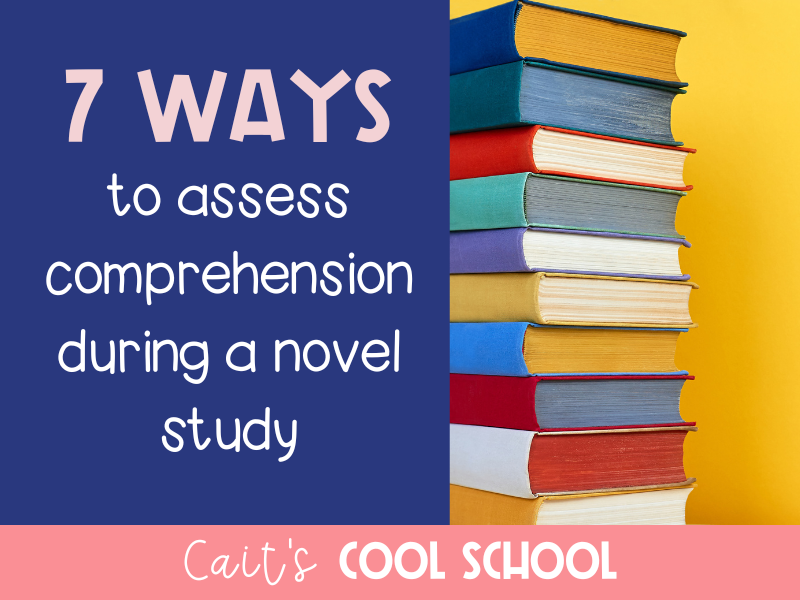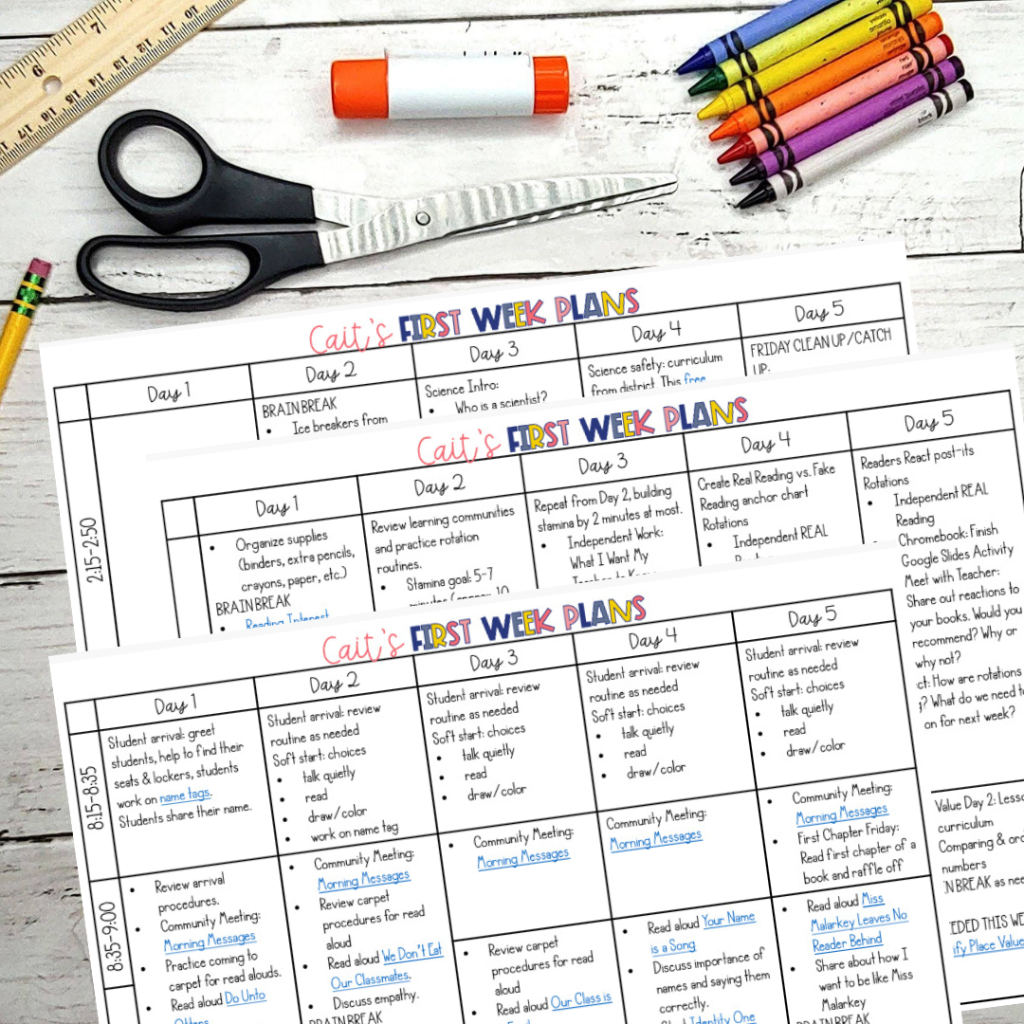
We’ve all had that class before. The one that never stops talking long enough to breathe.
Two things to consider before jumping the gun:
- Are your students able to complete work? There’s mindless chatter and then there’s work chatter. My classroom is always a little louder than others, but that’s because talking doesn’t bother unless it’s affecting our classroom culture. That means if we can still learn, do our work, and show respect, talking is fine. For students who need more quiet, I try to offer short “quiet” work times, noise-canceling headphones, and offices (a cardboard trifold).
- Are you providing enough opportunities to talk? Can students talk in the morning when they arrive? Do you include turn & talk time in your lessons? Can you squeeze in an extra 5 minutes of talk time during a brain break? Can you have an extra community/morning meeting round where everyone has a couple minutes to share a random thought? Making sure they have chances to talk can help students to get out that extra chatter.
Once you’re sure you’ve done what you can, then it’s onto more talking specific strategies for classroom management. Here’s a quick list of strategies I’ve used with those chatty classes.
- Wait time. To be honest, this is never my favorite and only works with some talkative classes. It might be because I’m so impatient. It can be impactful at times. Times it works: when I sit on the floor in the middle of my carpet (which is at the front of the class) and when I’ve closed our read aloud book. Even my most talkative students can get really into our read aloud books and not want to stop!
- Check list with incentive. Write a list of what needs to be accomplished that day during a specific subject. For example, for my ELA block, I might write: warm-up, write one body paragraph, brain break, read aloud, reading response. I let my class know if we finish everything early, they can have 5-10 minutes of free time. I check off each activity as we finish and give time checks. This strategy might take a couple times to work, but it does help them to stay on task if they want the free time. It can help if you make sure they earn the free time the first or second attempt so they understand what their work is worth!
- Tickets or classroom economy price. Physical reminders can be more concrete for students. I start with handing out tickets or money to those who aren’t talking and are paying attention. Later, there might also be a “fine” for regular interrupters. I try to avoid taking away BUT there are times students need to be aware of the negative impact of their behaviors. The tickets or money can be tied to your whole class reward system OR you could set up to specifically target talking.
- Provide visuals to help students self-regulate. This bouncy balls website can be displayed through your projector. The balls will bounce more with increased noise levels. Do a practice round for noise and then remind students to check their volume. I’ve also seen other teachers in my building use sound level posters (no talking, whisper, partner talk, inside voice, outside voice) or a red light, yellow light, green light approach.
- Quiet stamina tracker. Help students to slowly build their ability to work silently. Start with 5 minutes, and then increase after each success by adding two minutes until you get to 15-20 minutes. A thermometer or bar graph is a great visual tracker for this activity! Once your class is successful, build in a reward or give an active brain break.
- Get quiet. Yelling or speaking louder just adds to the noise. While I will project my voice for an attention getter type call-and-response, I then drop down to a quieter tone. Sometimes, I’ll invite students who are ready to listen to come sit on the carpet with me so they can participate in our activity. If my quiet voice isn’t getting the attention of the talkers, the movement of their classmates usually gets their attention. They’ll start to notice everyone else surrounding me and get a little curious (hopefully!).
No matter which strategy you choose, keep in mind the average 10 year old can focus for around 20-30 minutes (which includes instruction time!) on a topic/activity. This time is even shorter for a student who struggles with focusing.
And hey, don’t forget to talk to parents/caregivers! Sometimes students just need that reminder from home and know that we’re working with their adults at home to keep them on track. Positive updates once students have adjusted their behavior can go a long way too!
Need more ideas?
Try this blog post filled with attention getting strategies and this one about “the talking ball,” a solution to calling out. I learned about the talking ball in my first year of teaching and still use it over a decade later!
P.S. If you need to fit in extra talk time and you want to make it productive, check out these SEL based morning messages. Your students’ discussions will lead to a stronger classroom community, with the bonus that you’ve given them additional talk time. You can get a free 5 day set directly to your inbox if you sign up here.






 The first FIVE days of lesson plans for the beginning of the year.
The first FIVE days of lesson plans for the beginning of the year.